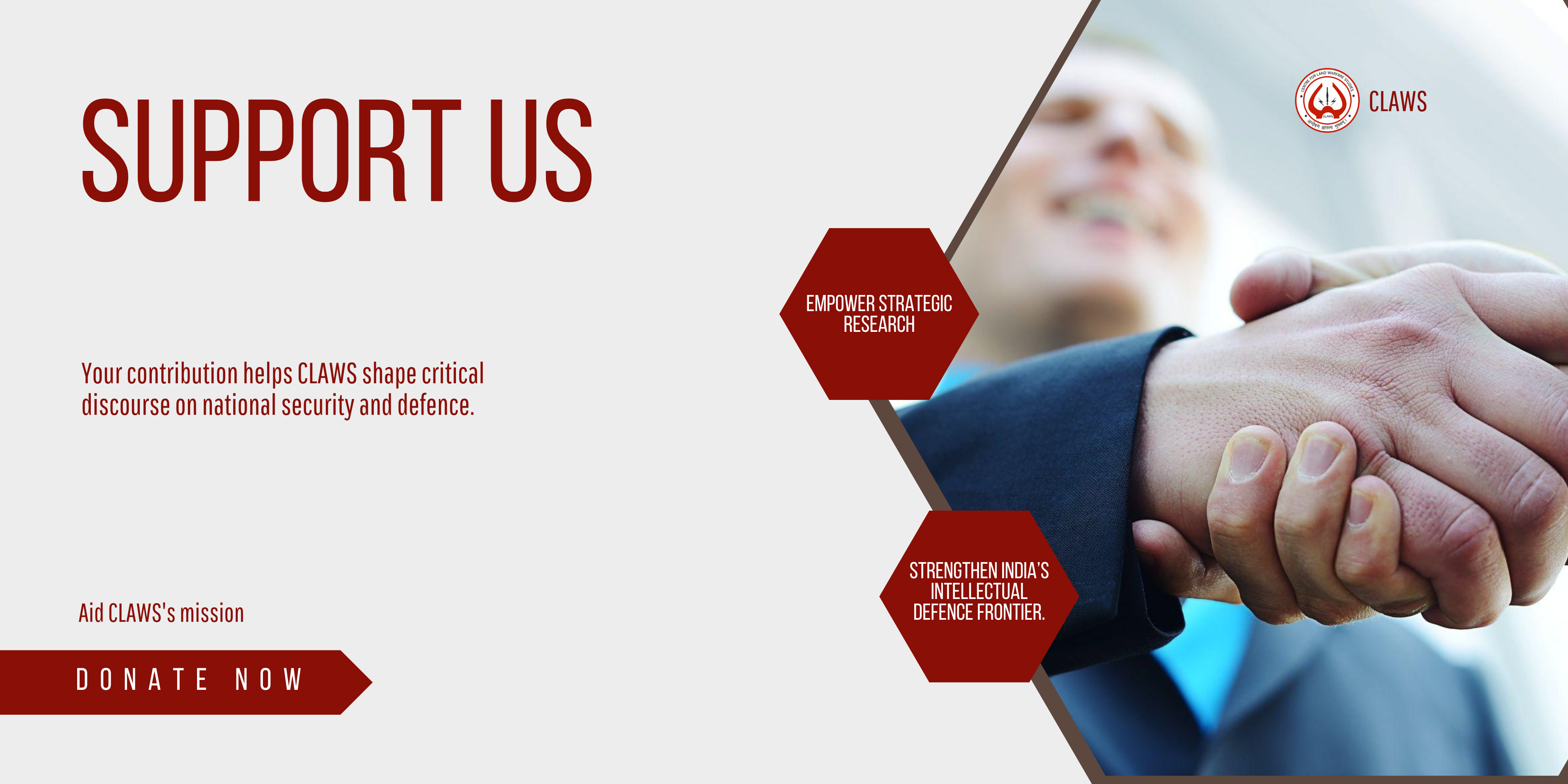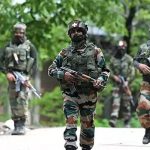With the recently concluded NATO 2025 Summit, much has been said about the ensuing chaos and unpredictability, while many have outrightly questioned the relevance of NATO in today’s time. It became clear that the underlying goal of the summit was to paper over the cracks that have been forming within the alliance, rather than achieve some major diplomatic breakthrough.

While the pledge by member countries to spend 5% of their GDP on defence by 2035 caught all the headlines, a deeper understanding of individual capacities becomes imperative. The sheer internal disparity among members concerning size, strength, and defence spending is one of the persistent troubles faced by NATO.
Within the promise of 5%, ‘Traditional Defence’, which covers core military expenditure from ammunition to personnel, accounts for 3.5% while ‘Hybrid and Future Threats’ like cyber, information warfare, and climate-related threats make up the rest 1.5% of the GDP.
Widening Internal Schisms:
Larger countries like France and Germany have for long done much of the heavy lifting within NATO. France spent around €48 bn in 2024 on defence, which was over 2% of its GDP, with a promise by Macron to soon be above 3%. Germany, too, spent over 2% of its GDP, with defence spending of around €91 bn in 2024. In terms of percentage of GDP, Poland leads the way with over 4% of its GDP, followed by the Baltic Countries of Estonia (3.4%), Latvia (3.2%), and Lithuania (3.1%), primarily due to their proximity to Russia. On the other end of the spectrum, member countries like Slovakia and Spain have consistently spent under 2%.
With the recent promise to reach 5%, this wedge would likely be widened, with the onus to increase defence expenditure to achieve the said target again coming on the handful of large countries. Spain, on the other hand, has outrightly rejected the 5% target, citing social welfare priorities and economic strain. Similarly, Slovakian Prime Minister Fico has expressed his disagreement with the target, calling it ‘non-binding’ and ‘impossible’. How this pans out in practice remains to be seen.
These internal schisms will only widen as the European economy stagnates, coupled with increased expenditure towards NATO and funding Ukraine’s defences. Forecasts have reported less than 1% economic growth for Eurozone countries.
The Trump Factor:
The Summit also re-emphasised the USA under Donald Trump and his stated apprehension towards his European allies. The call for increased expenditure by member states was another step towards contributing more to Europe’s own self-defence. For many, the overall objective was of trying to placate President Trump and keep him onside, as visible from the leaders lining up to praise him, specifically the NATO Secretary General, Mark Rutte.
Dwindling Relevance?
While the budget and the posturing may be on the rise, questions over the USA’s leadership and burden sharing within the organisation remain. In the realm of hard power, limited military industrial capacities and ammunition shortfalls have consistently exposed the limits of the body as a collective security organisation. With the recent bid to increase its permanent posture in Eastern Europe and the Baltic to create a long-term deterrence against Russia, these gulfs only seem to be widening with time.
In addition, emerging new threats from adversaries, ranging from hybrid warfare to cyberattacks on electronic grids and banks, have kept NATO on its toes, prompting the alliance to continually evolve its threat mitigation capabilities. The lack of implementation of coordinated response strategies against non-kinetic actions remains a persistent flaw.
Crucially, pressures to manage public perception and sentiment have only been exacerbated since the pledge to commit more to defence spending. In an increasingly volatile global economy and rising cost of living in Europe, the public expenditure dilemma of defence over social welfare was always going to be an unpopular commitment. For many in the South and Western corners of Europe, the war with Russia or an impending Russian invasion is hard to imagine. For them, threats of migration across the Mediterranean, internal social divisions and falling standards of living are more pressing concerns.
Other groupings as an alternative?
Calls for NATO’s demise have been a rampant and regular feature over the past couple of years. As NATO’s perceived relevance dwindles, experts have been quick to prop up other minilaterals, alliances, and organisation structures that can offer more proactive and immediate security cooperation.
Cause-focused groupings like I2U2 (with its focus on economic and strategic partnerships) can offer quicker and specialised solutions to member countries in times of crisis. Even within Europe, new alliances like the Weimar+ that hope to bring the core EU countries together, along with the UK, in a European-led defence partnership offer a choice to member nations. What started as the Weimar Triangle (consisting of France, Germany and Poland) in the 90s has recently sparked interest of many as the support from the US wanes. Members have spoken against Russia and promised to extend increasing support to Ukraine, with or without the support of the US, and can act more swiftly and decisively to an immediate threat emanating from the East.
However, it is equally important to keep in mind the limitations of these minilaterals and semi-alliances. Most member countries of such alliances, would never align unanimously on one issue, nor do these cause-based groupings have a command structure similar to security alliances like NATO that could be operationalised during times of crisis. Additionally, any such partnership that has the USA as its member, inevitably leads to an overreliance and the ensuing imbalance in power within the group. These newer and smaller minilaterals also lack the presence of legal obligations on member states towards collective security, akin to Article 5 of NATO.
Conclusion:
NATO may be increasingly fragmented with chronic trust issues, waning public support and widening capability gaps, yet it remains unmatched in its military scale and hard power potential. Thus, the world may well be on its way to a more unstable future thanks to a combination of an unsure NATO and a slew of minilaterals that may have certain advantages but are seriously limited when faced primarily with military and security challenges.














